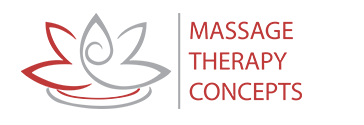Shin splints are some of the most nagging and painful injuries that occur as a result of overtraining, usually in the form of running. You'll usually notice it while you are running, and it's enough to make you stop. The pain usually subsides while you're inactive but if not allowed to fully heal, will pick back up as soon as you start activity again. Where it gets tricky is in the fact that before finding a solution, we have to find the source of the pain.
Shin splints can be linked to bone issues or they can be purely a muscular issue. In this article we'll just tackle shin splints from the muscular recovery angle, but if you think it's a bone stress injury then we highly recommend seeing a doctor for a proper diagnosis- since stress injuries can quickly turn into stress fractures and those have a much longer setback.
If you find that the injury is muscular, then there are two main things we recommend that are ideal for optimal recovery.
Foam Rolling

The main reason for shin splints is tight fascia around the bone and muscles of the shin and/or calf muscles. Foam rolling helps facilitate the breakdown of those uptight tendons, as well as increased circulation- both of which are factors that contribute to faster healing. While the shin splint can heal without properly loosening first, it does leave the muscle prone to more injury in the future.
EMS (Electrical Muscle Stimulation)
The other highly recommended method of quick recovery for shin splints is the use of EMS or TENS Units, which utilize electrical stimulation to drive blood to the source of pain as well as work the muscle fibers gently. Both of these actions not only help speed up the recovery process, but aid in strengthening the muscle and tendons for a stronger comeback. We recommend the VPod, as it's wireless and has over 24 different specific functions so you can fully customize your recovery session. For more info on this unit, visit VPod.Life.
Shin Splint Prevention
Here are some routine add-ons to keep in mind (especially for runners) to prevent any future additional shin injuries. Always stretch your calves and hamstrings after warming up or at least at the end of your workout. This is something we've all heard but commonly forget to do, and can make a huge difference in recovery. Secondly, don't increase your mileage or activity level drastically, this shocks the body/muscle and since it hasn't been trained properly for that specific amount of training- it becomes more prone to injury (such as shin splints). Other than that, just make sure your have the right shoes for your exercise to keep the arch of your foot strong!
Happy Healing!



